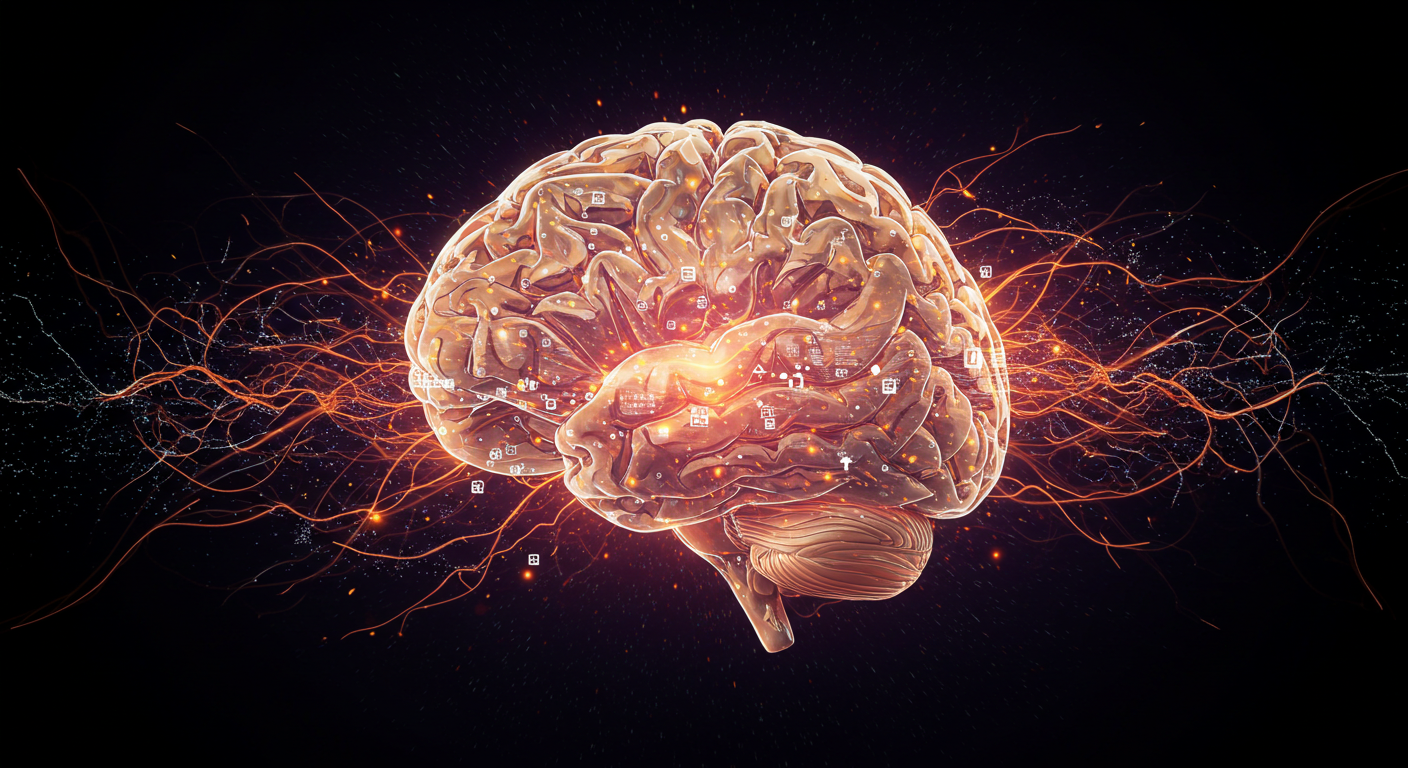If you’ve ever faced the challenge of translating English texts into Japanese and yet still felt that the meaning wasn’t quite clicking, you’re not alone. Many students, even those aiming for prestigious schools like Waseda, often struggle with understanding the flow of ideas in a text, even when their translations seem accurate. In this article, we’ll explore some strategies to improve your comprehension skills and help you make sense of complex English passages.
1. Focus on Context and Meaning, Not Just Direct Translation
While translating word-for-word might be tempting, it often leads to misunderstandings. English sentences sometimes rely on idiomatic expressions, phrasal verbs, and cultural references that don’t directly translate into Japanese. Instead of focusing only on the direct translation, try to grasp the overall context and the idea the writer is trying to convey. Practice interpreting passages as a whole rather than breaking them down into individual words.
2. Strengthen Your Vocabulary and Grammar Understanding
Sometimes, difficulty understanding English texts comes from not fully grasping certain words or grammar structures. Expanding your vocabulary and becoming more familiar with complex grammatical structures can significantly improve your comprehension. Consider using a vocabulary notebook and actively learning new phrases or grammar patterns you encounter while reading English material. The more exposure you get, the more natural it will feel to understand advanced texts.
3. Read Aloud and Summarize in Your Own Words
One effective way to ensure you understand the content is to read aloud. Hearing the words can help reinforce the meaning and rhythm of the text. After reading a section, try summarizing it in your own words, either verbally or in writing. This forces you to process the information actively, which improves comprehension. If you find that you can’t summarize a section, go back and review the passage until it makes sense.
4. Break Down Complex Sentences
When faced with difficult or lengthy sentences, break them down into smaller, more manageable parts. Look for subject-verb-object relationships, and identify any subordinate clauses or additional information provided by the writer. By simplifying the sentence structure in your mind, you’ll be able to follow the main ideas more easily. Practice identifying the key elements of complex sentences to train your brain to process information more effectively.
5. Practice Reading Different Genres and Texts
Diversifying your reading material can also help improve comprehension. Read a variety of texts, including fiction, news articles, and academic papers. Each genre has different writing styles and vocabulary, so broadening your exposure will enhance your ability to understand English in different contexts. Over time, you’ll develop the flexibility to switch between different writing styles, improving your overall reading comprehension.
6. Conclusion: Patience and Practice Lead to Mastery
Improving your English reading comprehension, especially when translating to Japanese, takes time and practice. By focusing on context, expanding your vocabulary, breaking down complex sentences, and regularly practicing reading, you’ll gradually develop a deeper understanding of English texts. Don’t be discouraged by initial difficulties; with consistent effort, you’ll start noticing improvements in your ability to follow English passages with ease.



コメント